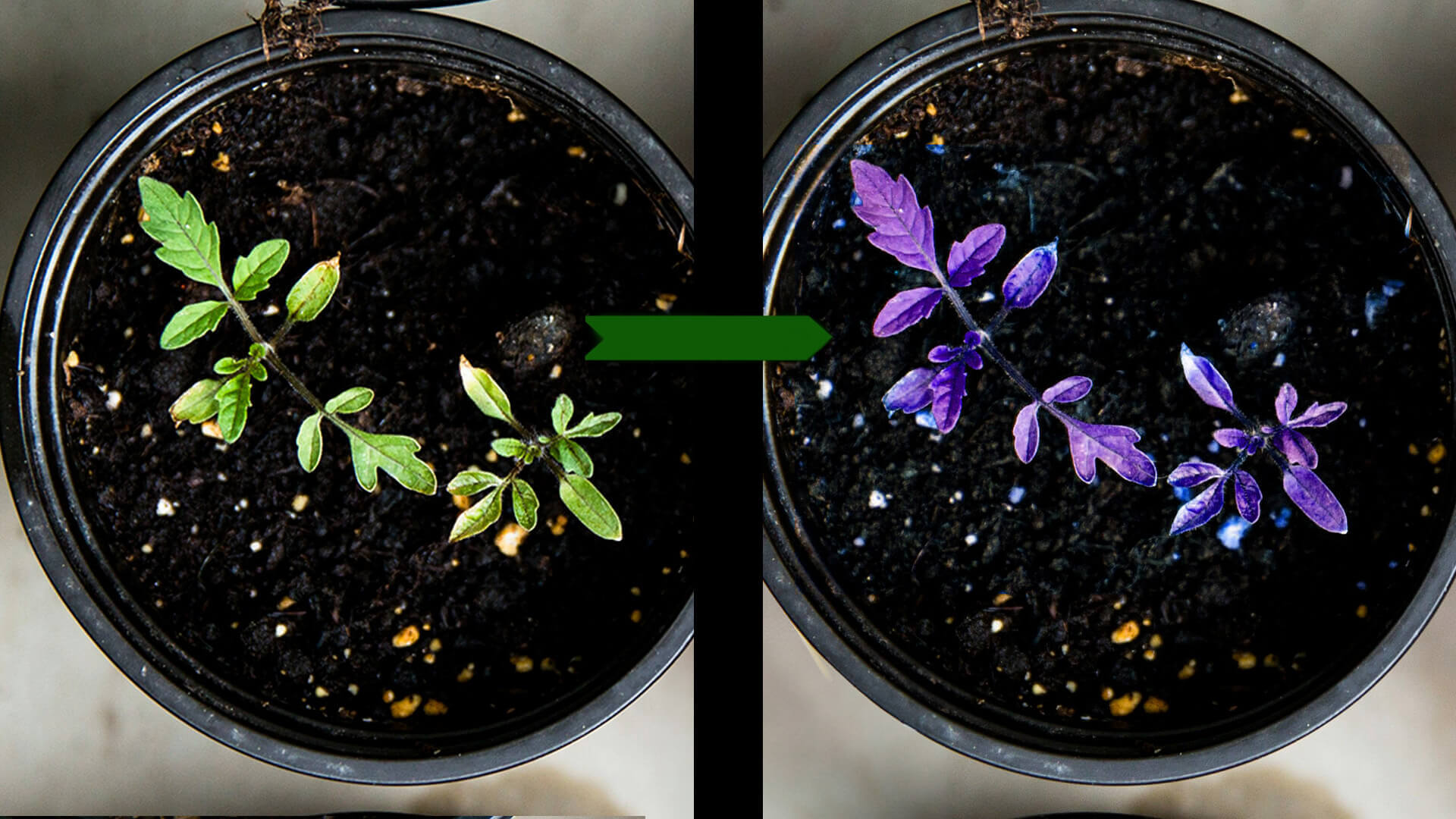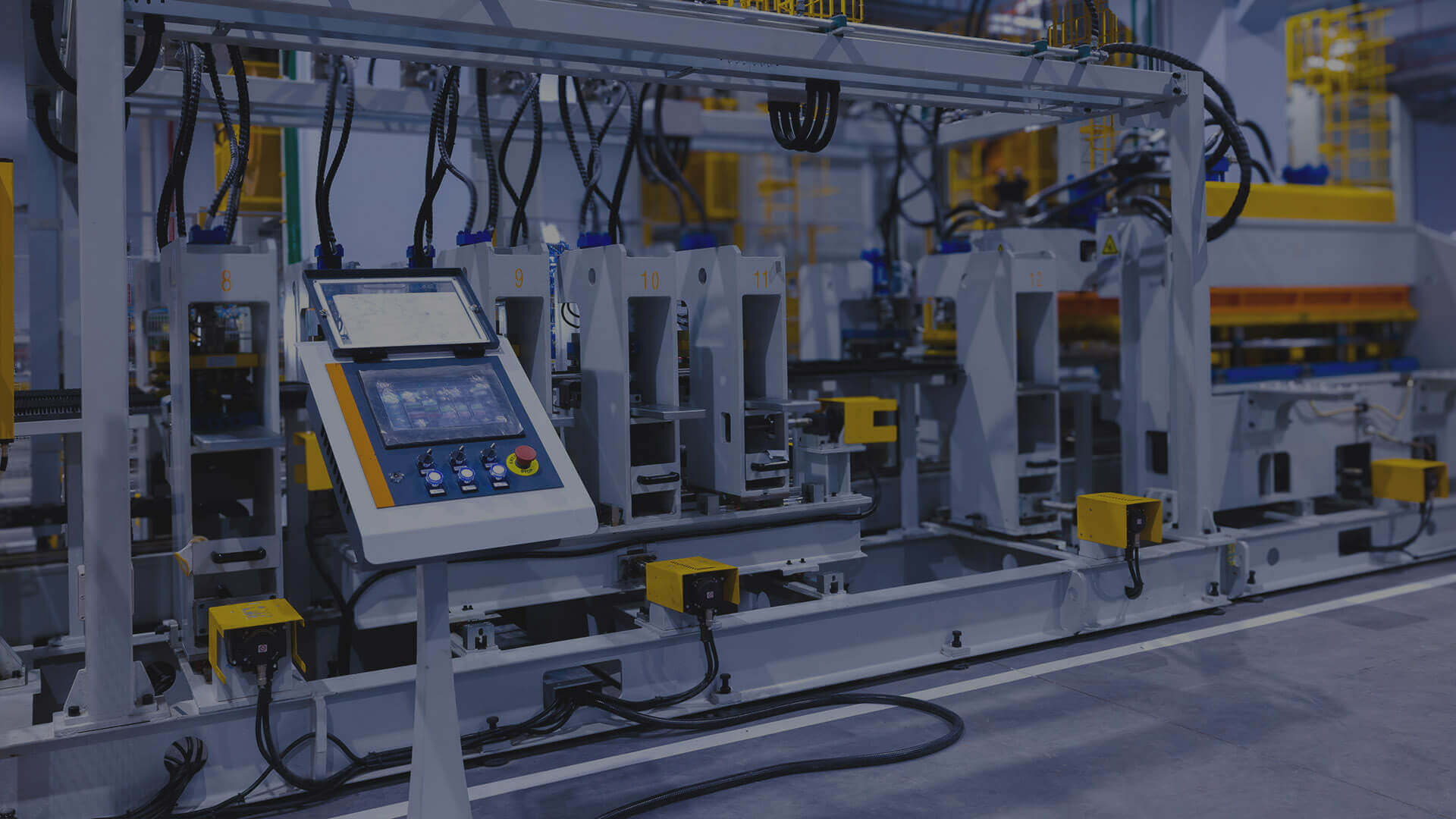Use case
Computer vision with deep learning for plant monitoring
Using computer vision and deep learning for plant monitoring enhances crop management by providing accurate, high-throughput, and noninvasive measurements. This approach addresses the growing demand for food and supports sustainable agriculture. Future advancements will focus on integrating diverse data from advanced, cost-effective monitoring technologies.

